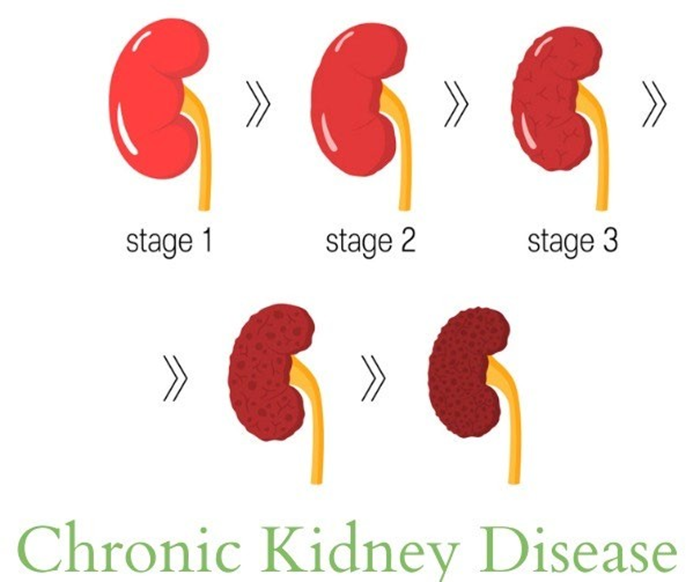A nurse is assessing a client who is receiving one unit of packed RBCs to treat intraoperative blood loss. The client reports chills and back pain, and the client's blood pressure is 80/64 mm Hg. Which of the following actions should the nurse take first?
Stop the transfusion immediately.
Inform the provider.
Call the lab and ask if this is really a transfusion reaction.
Obtain a urine specimen.
The Correct Answer is A
Choice A reason: Stopping the transfusion immediately is the first and most critical action in response to signs of a possible transfusion reaction, which can be life-threatening.
Choice B reason: While informing the provider is a necessary step, it should come after stopping the transfusion to prevent further harm to the patient.
Choice C reason: Calling the lab is an appropriate action but not the first priority. The immediate concern is the patient's safety.
Choice D reason: Obtaining a urine specimen may be part of the diagnostic process for a transfusion reaction, but it is not the first action to take.
Nursing Test Bank
Naxlex Comprehensive Predictor Exams
Related Questions
Correct Answer is ["A","B","D"]
Explanation
Choice A reason: Genetics play a significant role in the development of multiple sclerosis (MS). While MS is not directly inherited, certain genetic markers can increase susceptibility. Studies have shown that individuals with a first-degree relative with MS have a higher risk compared to the general population.
Choice B reason: Environmental factors, such as low vitamin D levels, smoking, and possibly viral infections, are believed to contribute to the risk of developing MS. Geographic location, particularly living further from the equator, has also been associated with a higher incidence of MS, which may be related to sun exposure and vitamin D synthesis.
Choice C reason: While upper respiratory infections can trigger exacerbations in individuals with existing MS, they are not identified as a direct contributing factor to the development of the disease itself.
Choice D reason: MS is considered an autoimmune disorder where the immune system mistakenly attacks the central nervous system. This immune-mediated process targets the myelin sheath, leading to inflammation and characteristic lesions.
Choice E reason: Urinary tract infections are a common complication in individuals with MS due to bladder dysfunction, but they are not a contributing factor to the development of MS.

Correct Answer is A
Explanation
Choice A reason: Aluminum hydroxide is an antacid that is also used to reduce phosphate levels in people with certain kidney conditions. It binds phosphate in the gut and prevents its absorption, which is beneficial for patients with CKD who often have elevated serum phosphorus levels.
Choice B reason: Aluminum hydroxide does not primarily affect serum calcium levels. It is not prescribed for lowering calcium.
Choice C reason: Aluminum hydroxide does not primarily affect serum magnesium levels. It is not prescribed for lowering magnesium.
Choice D reason: While aluminum hydroxide does not directly lower serum potassium levels, it can be used in conjunction with other treatments for hyperkalemia.

Whether you are a student looking to ace your exams or a practicing nurse seeking to enhance your expertise , our nursing education contents will empower you with the confidence and competence to make a difference in the lives of patients and become a respected leader in the healthcare field.
Visit Naxlex, invest in your future and unlock endless possibilities with our unparalleled nursing education contents today
Report Wrong Answer on the Current Question
Do you disagree with the answer? If yes, what is your expected answer? Explain.
Kindly be descriptive with the issue you are facing.
